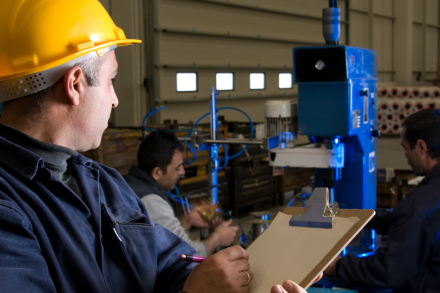
Find it and fix it before someone gets hurt! Commit to developing a safety and health self-inspection program.
Self-inspection programs are an excellent injury prevention strategy. The process is simple, routinely inspecting the workplace, identifying existing and potential hazards, and documenting/managing a corrective action plan.
It’s not something you only do once a year though; this is an ongoing routine process of identifying hazards and implementing systems and procedures to reduce the risk of a loss.
It’s important to keep in mind when conducting self-inspections to not only be looking at the physical conditions but to also observe the work practices of the employees to identify areas of improvement, for example; looking at potential ergonomic loss sources related to lifting, pushing, pulling, reaching, repetitive motion, etc.
It is recommended that self-inspections are documented. This documentation demonstrates your good faith to continually improve your injury prevention efforts and aids in tracking items noted to completion.
Often these inspection reports are reviewed and discussed at safety committee meetings. Even if you currently have a self-inspection program, it’s encouraged to review the system periodically to look for areas of improvement opportunity. This is often a function of the organization’s safety committee.
Don’t forget to educate everyone including managers, supervisors, and employees to understand and identify hazards, and what action steps to take when a hazard is identified.
There are numerous sample self-inspection checklists available online to use as a guide to aid in the inspection process.
Your Loss Prevention Consultant from The Lawson Group would be happy to assist you in establishing an effective self-inspection program. Let us know how we can help!





